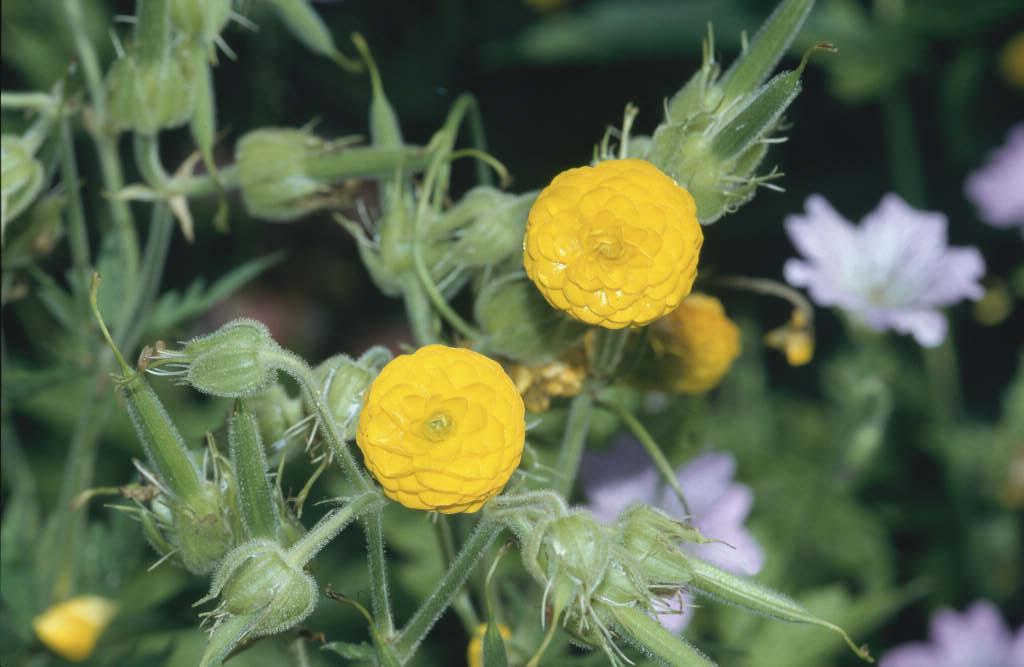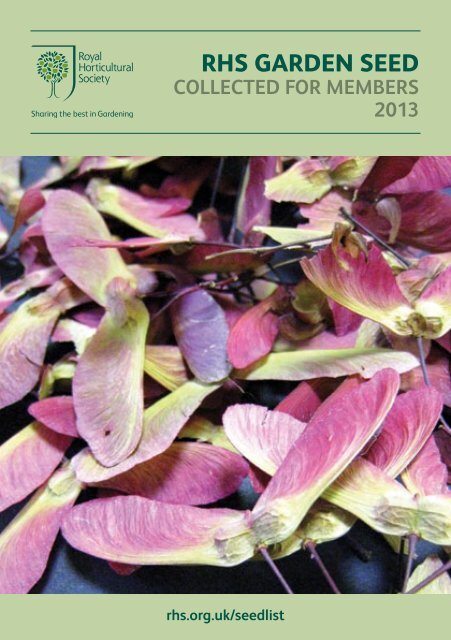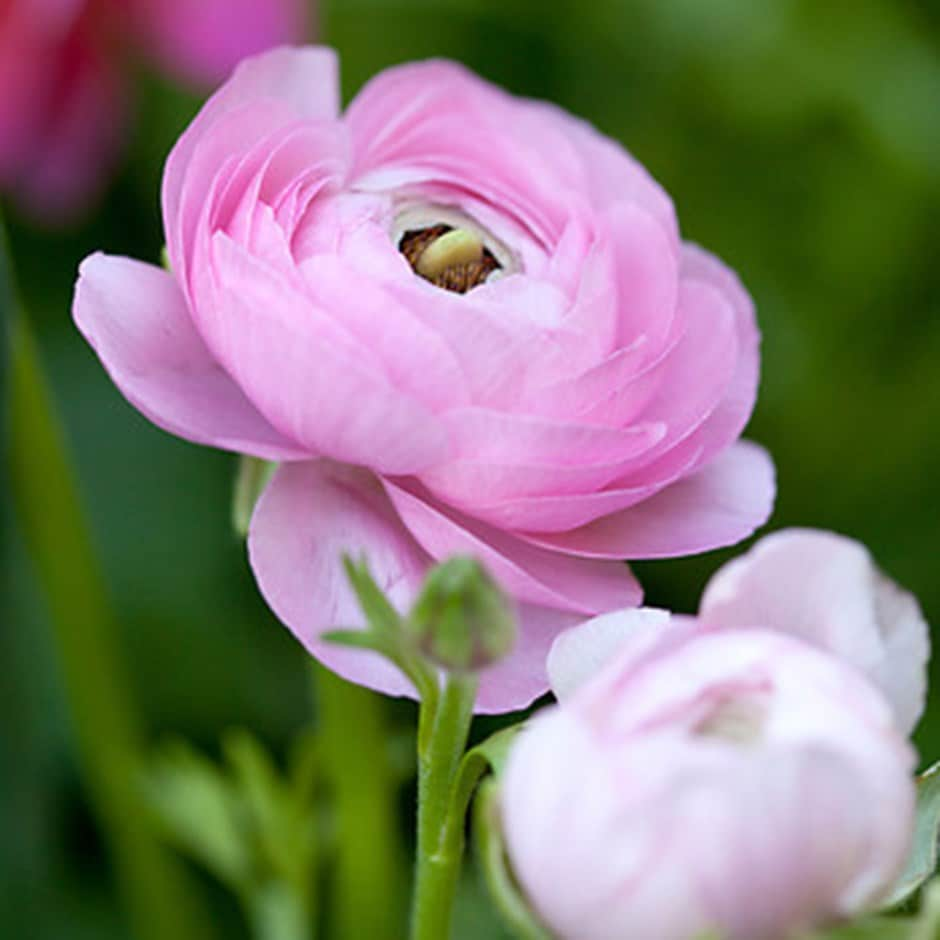
Mar 12, 2020 As the spring landscape stirs into life, hedgerows and fields are briefly scattered with gold. Not buttercups, but their early cousins, celandines, known until recently as Ranunculus ficaria but now renamed Ficaria verna. You may also like Spring borders: a designer planting plan. Ranunculus asiaticus, the Persian buttercup, is a species of buttercup (Ranunculus) native to the eastern Mediterranean region in southwestern Asia, southeastern Europe (Crete, Karpathos and Rhodes), and northeastern Africa. It is a herbaceous perennial plant growing to 45 cm tall, with simple or branched stems.
| Ranunculus lingua | |
|---|---|
| Botanical illustration | |
| Scientific classification | |
| Kingdom: | Plantae |
| Clade: | Tracheophytes |
| Clade: | Angiosperms |
| Clade: | Eudicots |
| Order: | Ranunculales |
| Family: | Ranunculaceae |
| Genus: | Ranunculus |
| Species: | |
| Binomial name | |
| Ranunculus lingua L.[1] | |
| Synonyms | |
| |
Ranunculus lingua, the greater spearwort,[2]great spearwort,[3]tongue-leaved crowfoot,[4] or water buttercup,[5] is a plant species in the family Ranunculaceae native to temperate areas of Europe, Siberia and through to the western Himalayas. It is a semiaquatic plant that prefers to grow in about 40 cm (16 in) of water in a variety of wetland habitats.[6] A cultivar (or perhaps a traditional variety) called 'Grandiflorus', the large-flowered greater spearwort, has 6cm flowers and is favored by gardeners.[7]
References[edit]
- ^Sp. pl. 1:549. 1753
- ^Wiersema, John H.; León, Blanca (2016-04-19). World Economic Plants: A Standard Reference, Second Edition. p. 579. ISBN9781466576810.
- ^Catlow, Agnes (1852). Popular Field Botany: Containing a Familiar and Technical Description of the Plants Most Common to the Various Localities of the British Isles, Adapted to the Study of Either the Artificial or Natural Systems. London: Reeve and Co. p. 301. OCLC7536831.
- ^Loudon, J. C.; Loudon, Mrs. (1850). An Encyclopædia of Gardening; Comprising the Theory and Practice of Horticulture, Floriculture, Arboriculture, and Landscape Gardening; Including All the Latest Improvements; A General History of Gardening in All Countries; And a Statistical View of its Present State; With Suggestions for its Future Progress in the British Isles. London: Longman, Brown, Green, and Longmans. p. 405. OCLC6858645.
- ^Everett, Thomas H. (1963). New Illustrated Encyclopedia of Gardening, Unabridged. New York: Greystone Press. p. 1765. OCLC23370502.
- ^Rybka, Vlastik; Duchoslav, Martin (2007). 'Influence of Water Depth on Growth and Reproduction of Ranunculus lingua'. Belgian Journal of Botany. 140 (1): 130–135. JSTOR20794630.
- ^'Ranunculus lingua 'Grandiflorus' large-flowered greater spearwort'. rhs.org. The Royal Horticultural Society. Retrieved 8 February 2020.

Ranunculus summary
| Height: | 40cm |
| Spread: | 40cm |
| Period for planting Ranunculus bulbs | January to December |
| Ranunculus flowering period: | July to August |
Ranunculus bulbs planting instructions

Well-drained soil
Planting Ranunculus bulbs is easy. Plant your ranunculus bulbs in a location where the soil drains well. If necessary, fine-tune the soil with the addition of organic material, raising the level 2-3 inches to improve drainage. Peat moss, compost, ground bark or decomposed manure all work nicely and are easily available.How to plant ranunculus bulbs
Dig holes and plant the ranunculus bulbs 2 inches deep and 4-6 inches apart. Place your ranunculus into the planting hole with the ‘bananas’ pointing downwards.Location for planting Ranunculus bulbs

Ranunculus Rhs Flower
Ranunculus requires full sun. It will tolerate shade in the morning, but needs full sun in the afternoons in order to bloom. If in doubt, give your ranunculus more sun!Ranunculus maintenance instructions
When planting ranunculus bulbs make sure you water them generously, soaking the area thoroughly is recommended. Roots and sprouts will form in the autumn. Taller growth will begin in winter and flowers will develop in the spring.Cutting Ranunculus brings you more flowers
When in bloom, don’t hesitate to cut ranunculus flowers for bouquets; the more you cut, the more blooms your ranunculus will produce, so make the most of it.Once blooming has finished for the season, leave the ranunculus foliage in place; don't cut it off. The leaves will harvest sunlight which will provide nourishment for next year's show. Water as needed during active growth periods. Ranunculus prefer not to be watered when dormant.
As summer comes to an end, ranunculus leaves will yellow and die back as the plant becomes dormant. Foliage can be removed at this point. Your ranunculus will have a rest for a few months before beginning the next growing cycle.
Ranunculus Flammula Rhs

Our ranunculus bulbs, as well as all our other products, are delivered with detailed planting instructions.
Ranunculus Rhs Seeds
Rhs Ranunculus Asiaticus
Start planting Ranunculus bulbs today! Click here to see our collection of Ranunculus bulbs!